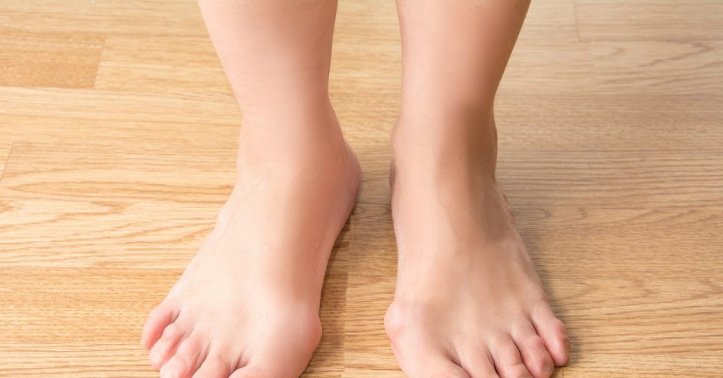
Natural Remedies for Bunions: What Works and What Doesn’t?
Bunions are more than just a cosmetic issue—they can cause persistent discomfort, limit mobility, and interfere with daily life. As a result, many people seek out natural remedies, hoping to avoid surgery or long-term medication use. But with so many home-based treatments and foot care trends online, it’s hard to know what actually helps and what’s just hype.
So what’s worth trying if you’ve noticed a bunion forming—or you’ve been dealing with one for years? Let’s break down which natural remedies are backed by real relief and which ones fall short.
What Are Bunions, Really?
A bunion forms when the joint at the base of your big toe becomes misaligned, pushing the toe inward and creating a noticeable bulge on the side of the foot. This structural change can be triggered by genetics, ill-fitting shoes, or underlying biomechanical issues.
While some people describe it simply as a bump on the outside of my foot, the reality is more complex—bunions involve both bone displacement and joint instability, making them difficult to treat without long-term strategies.
Natural Remedies That May Help
1. Toe Spacers and Bunion Sleeves
These devices are designed to separate the toes, reduce friction, and encourage better alignment. While they won’t “fix” a bunion, they can temporarily relieve pressure and pain—especially when worn during rest or light activity.
2. Footwear Modifications
Choosing shoes with a wide toe box, supportive soles, and zero or low heel can drastically reduce bunion irritation. Look for styles that don’t pinch or push the big toe inward.
3. Icing and Anti-Inflammatory Herbs
Cold therapy can help reduce swelling after a long day on your feet. Some people also turn to anti-inflammatory herbs like turmeric or ginger—either taken orally or used in creams—to ease joint pain.
4. Foot Strengthening and Stretching
Gentle exercises that strengthen foot muscles and improve flexibility may help slow bunion progression. Calf stretches, towel scrunches, and toe extensions are common recommendations from physical therapists.
What Likely Doesn’t Work
1. Essential Oils Alone
While essential oils may reduce pain perception or provide a calming effect, there’s no clinical evidence that they can realign joints or reverse bunions.
2. Home Splints Claiming to “Cure” Bunions
Some over-the-counter splints promise total correction—but most provide temporary comfort at best. True structural correction typically requires surgical intervention.
3. Ignoring It and Hoping It Goes Away
Bunions are progressive. Without intervention—whether conservative or surgical—they tend to worsen over time. Delaying care can make future treatment more complicated.
When to See a Specialist
If natural methods aren’t reducing your pain, or if your bunion is interfering with daily activities, it may be time to consult a podiatrist. While natural remedies can support comfort, they’re not a substitute for professional care—especially in moderate to severe cases.
Natural remedies can be helpful tools for managing bunion discomfort, especially in the early stages. But they work best when paired with smart footwear choices, proper foot mechanics, and realistic expectations. If you’re feeling overwhelmed by the options, start with one or two proven strategies and track how your symptoms respond.
Your feet carry you through life—treat them with the care they deserve.








